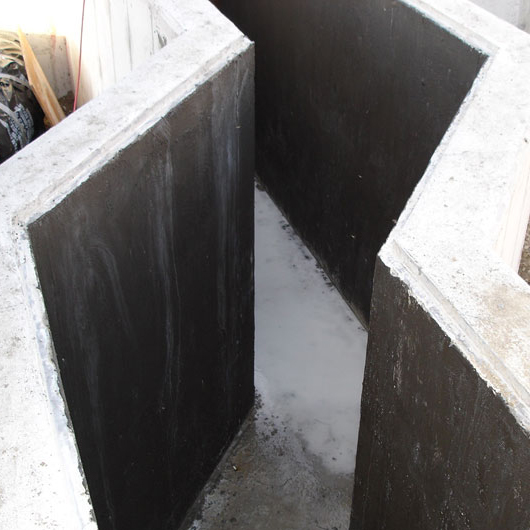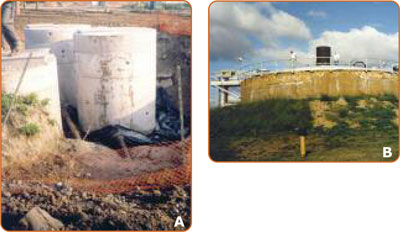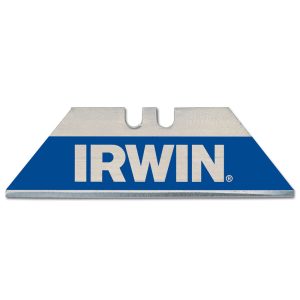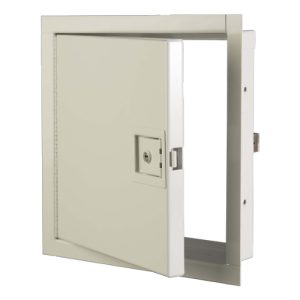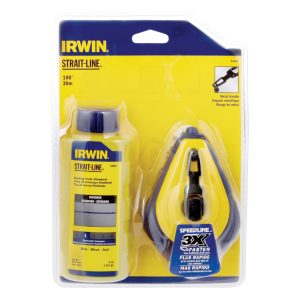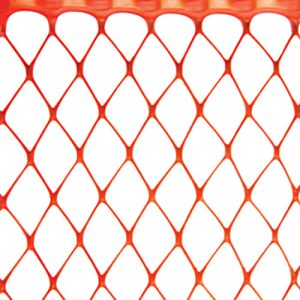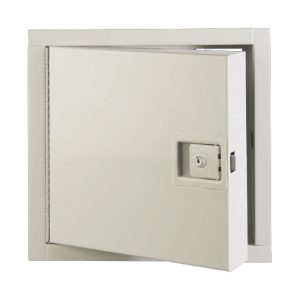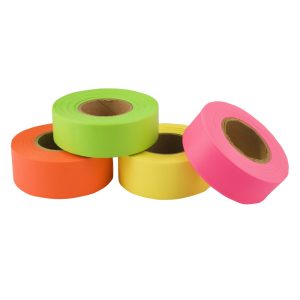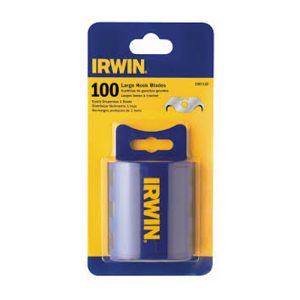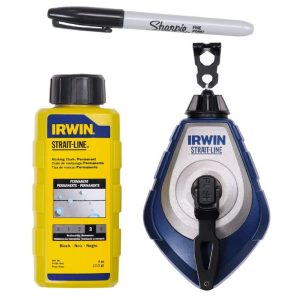Description
TECHNICAL DATA
| Tensile Elongation | 10 – 20% |
| Salt Scaling Resistance ASTM 672 |
Excellent |
| Chemical Resistance to H2S and other chemicals | Available on request |
| CEM-KOTE FLEX CR exhibits high resistance to a majority of mineral acids in moderate concentrations for shorter periods of time. It is highly resistant to concentrated salt solutions and caustic environments. It exhibits excellent resistance to sulfuric acid generated by microbiological conversion of hydrogen sulfide. | |
| VOC Content: | 0 g/L |
| Color | Dark Gray |
APPLICATION
Follow Gemite’s most recent application procedures and details to assure quality installation. The applicator must, prior to bid, confirm detailing, REINFORCING FABRIC use, and correct surface preparation and application procedures with Gemite technical service. The applicator must also arrange a pre-installation meeting with a Gemite technical representative, general contractor, and site engineer to review the installation procedure. The project specification supersedes the Gemite guide specification.
Surface Preparation … Remove all deteriorated and loose concrete, form release agents, oil, grease, laitance, dust, dirt, sealers, curing compounds, penetrating sealers, and efflorescence by dry or wet sandblast to achieve an ICRI (International Concrete Repair Institute) concrete surface profile (CSP) of three. Pressure wash the properly prepared substrate to remove dust just prior to application. Conduct a bond test to assure proper surface preparation has been accomplished.
Saturate the surface thoroughly with water prior to the application to achieve water saturation and surface damp condition. Avoid leaving behind puddles on the horizontal surface to ensure that substrate is free of all contaminants that may have pooled. In repair projects with deep concrete surface deterioration, repair prior to application with MEADOW-CRETE GPS from W. R. MEADOWS.
Reinforcing Steel … Remove all loose rust from any exposed reinforcing steel and apply two coats of PATCH-PRIME from W. R. MEADOWS.
Crack Treatment … All cracks must be treated using CEM-KOTE FLEX CR and REINFORCING FABRIC NW (non-woven). Pre-fill any cracks larger than 80 mils with CEM-KOTE FLEX CR. Apply a thin coat of CEM-KOTE FLEX CR 6″ – 10″ (15 – 25 cm) wide over the crack. Embed a strip of REINFORCING FABRIC NW into the wet CEM-KOTE FLEX CR and apply a second coat to fully cover the REINFORCING FABRIC NW. The total applied thickness should be 63 mils. For treatment of any cracks in concrete below-grade, use a strip of REINFORCING FABRIC HD.
Mixing … Thoroughly mix liquid Component B prior to use. Use a clean paddle, helix mortar mixer or heavy-duty drill (400 – 600 rpm) with a mixing paddle. Pour approximately 80% of the Component B into the mixer and gradually add the dry material into the liquid and mix until a smooth and lump-free mix is obtained. Add the remaining liquid as required for a given application consistency. A small amount of water can be added, if required, at higher ambient temperatures. W. R. MEADOWS recommends the Collomix® MK 140 HF for mixing.
Application … Apply CEM-KOTE FLEX CR to a saturated surface dry or saturated surface damp surface. Trowel or brush apply two coats to build a 63 – 120 mil thick layer of CEM-KOTE FLEX CR. It can also be spray-applied using a hopper gun or Gemite HD peristaltic pump. The second coat is applied into a “green” first coat, usually within 10 – 30 minutes, depending on temperature and relative humidity. If the application of the second coat is delayed until the next day or later, the surface of the first coat must be pressure washed. Failing that, the second coat could eventually de-bond.
Reinforcing Fabric … When using REINFORCING FABRIC HD throughout the entire area, apply first a thin layer of CEM-KOTE FLEX CR by brushing or spraying. When spraying, brush each coat to eliminate all pinholes. Embed REINFORCING FABRIC HD into the first coat and follow with the second coat. REINFORCING FABRIC HD
must be fully covered and must not protrude through the surface. The total applied thickness of CEM-KOTE FLEX CR, including the REINFORCING FABRIC HD, should be 80 mils.
Contact Gemite technical service when the application of REINFORCING FABRIC HD in the entire area is considered.
Curing … Cure CEM-KOTE FLEX CR by air-drying for a minimum of three days prior to continuous exposure to water. Protect fresh applications from rain, strong wind, and intense sunlight for 12 hours. When working under tarps at freezing temperatures, use electrical heaters.
Cleanup … All tools must be cleaned with water immediately after use. Cured material can only be removed mechanically or by using acetone solvent.
Maintenance … Some maintenance may be required depending upon the type of chemical environment and the length of exposure.
PRECAUTIONS
Do not apply CEM-KOTE FLEX CR when the temperature is expected to be below 40° F within 48 hours or when rain is imminent. Follow hot weather concreting procedures when applying CEM-KOTE FLEX CR at temperatures exceeding 77° F. Product is not designed for heavy traffic areas.
LEED INFORMATION
May help contribute to LEED credits:
- IEQ Credit 3.1: Construction Indoor Air Quality Management Plan: During Construction
- MR Credit 2: Construction Waste Management
- MR Credit 5: Regional Materials
CEM-KOTE FLEX CR is manufactured by:
Gemite® Products, Inc.
1787 Drew Rd.
Mississauga, ON, L5S 1J5 Canada
Tel: (888) 443-6483
Fax: (888) 443-6329
Email: techinfo@gemite.com
Web: www.gemite.com
This material last updated May 2015.
LIMITED WARRANTY
Gemite Products Inc. warrants at the time and place we make shipment, our material will be of good quality and will conform with our published specifications in force on the date of acceptance of the order. Read complete warranty. Copy furnished upon request.
Disclaimer
The information contained herein is included for illustrative purposes only, and to the best of our knowledge, is accurate and reliable. Gemite Products Inc. cannot however under any circumstances make any guarantee of results or assume any obligation or liability in connection with the use of this information. As Gemite Products Inc. has no control over the use to which others may put its product, it is recommended that the products be tested to determine if suitable for specific application and/or our information is valid in a particular circumstance. Responsibility remains with the architect or engineer, contractor and owner for the design, application and proper installation of each product. Specifier and user shall determine the suitability of products for specific application and assume all responsibilities in connection therewith.

